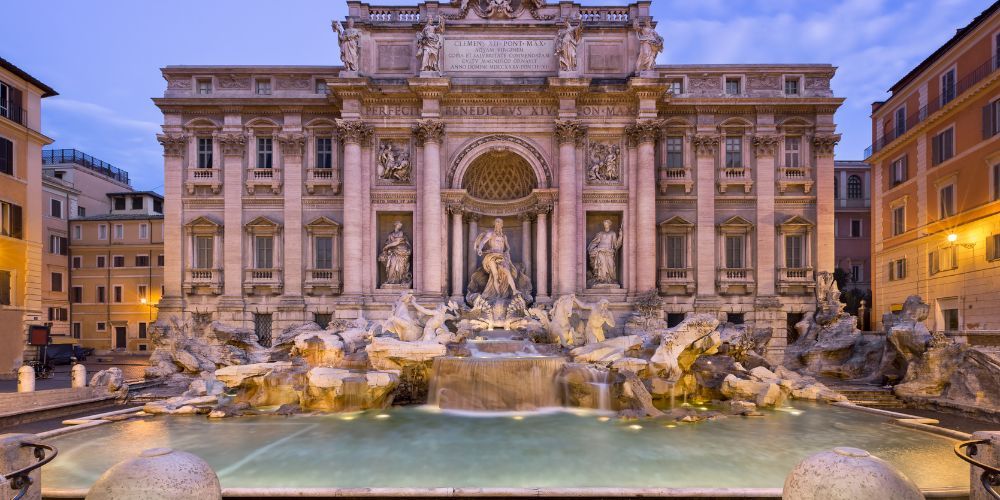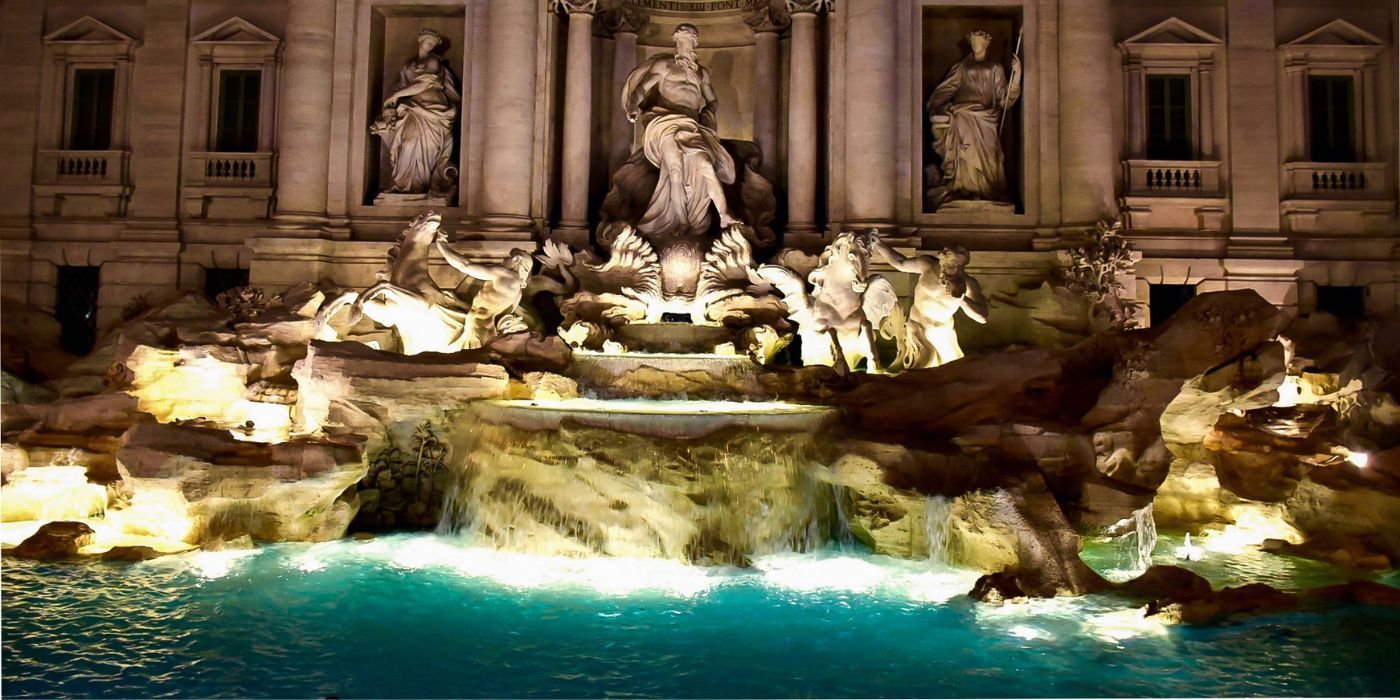Rome is a true open-air museum: its millennial history can be seen at every corner, walking between monuments, ancient walls and majestic squares. You can admire its wonders just walking through the streets of the centre, but perhaps you do not know that one of them is hidden under the city's most famous fountain: the Trevi Fountain.
The Vicus Caprarius, also known as the City of Water, is an archaeological area that stretches beneath the Rione Trevi and gives visitors the architecture of an authentic Roman domus. Despite dating back almost two thousand years, this archaeological area was not discovered until the late 1990s. So don't delay any longer: let's discover together the secrets of underground Rome.

Trevi Fountain underground and the City of Water

Studying history, you can discover the many ways in which the Roman civilisation was at the forefront in numerous fields. One of these was undoubtedly the supply of clean, public and free water to the city, which left as evidence the numerous aqueducts still visible today and the beautiful fountains that decorate Rome's main squares.
The Trevi Fountain is certainly the most famous and photographed fountain in the city and, arguably, the world. But what lies beneath it is even more astonishing. The Vicus Caprarius has been nicknamed the City of Water precisely because the water gushing from the fountain on the surface is the same water that fills its basins and flows through its pipes, in a play of masonry and gushing. What is even more astonishing is that this water comes from the only aqueduct of Roman times still in operation, the Acquedotto Vergine.
It is time to leave the crowded streets of central Rome and venture into the history stored beneath them.
Book your guided tour with the archaeologistThe Vicus Caprarius, the apartament under the Trevi Fountain
If your wish while flipping a coin in the Trevi Fountain is to see how the ancient Roman nobles lived, then you will soon be granted it: just walk a few metres and, descending underground, you will find yourself in the tunnels of a residential complex dating back to the first century AD.
The Vicus Caprarius stretches over 350 square metres below Trevi district and not only allows you to discover the majesty of the residential areas, but also takes you directly back to the great events that marked the history of Rome. The stratification of archaeological finds, as well as the artefacts that were found during excavations and are now on display in the antiquarium, testify to the different phases of life of these structures. Of great importance among these is the castellum acquae, a large cistern that served to store water from the Acquedotto Vergine.
Useful info for visiting Trevi Fountain undergrounds
The archaeological area Vicus Caprarius - City of Water welcomes tourists from Tuesday to Sunday from 11 a.m. to 5 p.m. Reservations are compulsory during weekends and holidays, and during the visit you will be accompanied by an archaeologist expert in Roman history.
Don't miss the opportunity to visit this secret part of Rome!
Book your visit hereAbout the author
Written on 22/11/2023




Linda Zucca Bernardo
The world's most famous fountain hides a beautiful secret underneath. Discover the City of Water by visiting Trevi Fountain Underground.